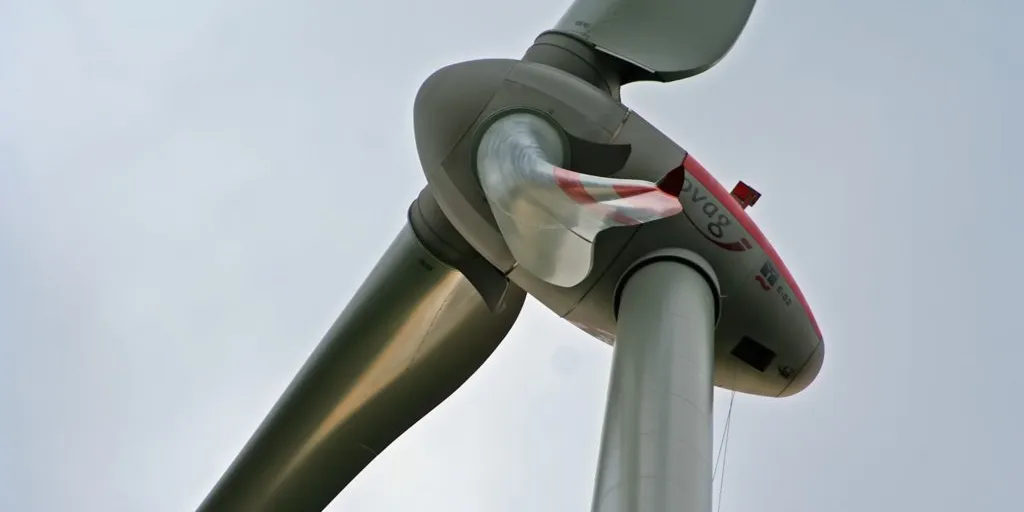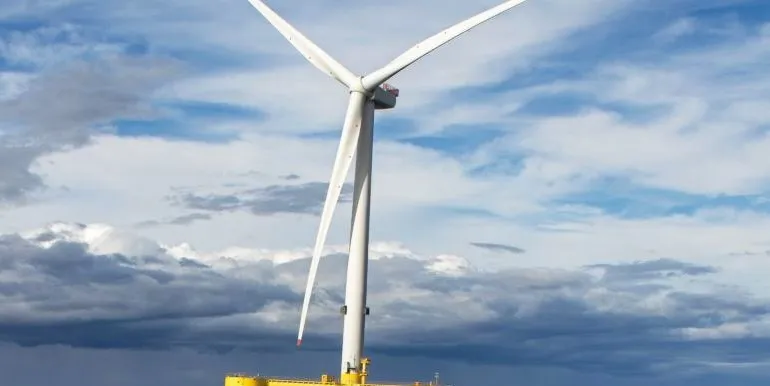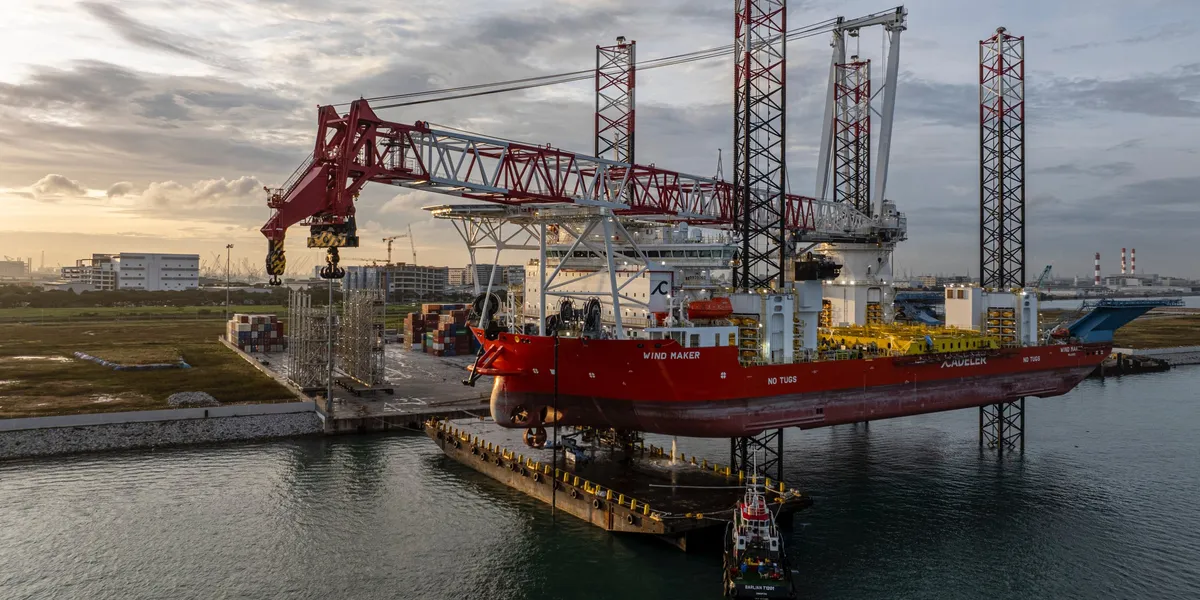by Jerod MacDonald-Evoy, Arizona Mirror
The “one big, beautiful bill” that Republicans crafted and President Donald Trump signed last week eliminates a number of incentives for clean energy that will directly lead to billions in lost investments for the state of Arizona and thousands of lost jobs.
Trump’s $3.4 trillion deficit-boosting tax cut and spending package fulfills a number of his administration’s domestic policy priorities, including a major reversal on clean energy initiatives.
In a letter to lawmakers on Capitol Hill while debate on the bill was still ongoing, Democratic Gov. Katie Hobbs urged them to vote no on it, citing in part the impact the rollbacks on clean energy initiatives would have on the state. In the letter, Hobbs cited the Arizona Commerce Authority as identifying $58 billion in possible investments and 69,000 jobs that could be lost.
“That is real capital and construction jobs that are just walking out the door,” Advanced Energy United’s Arizona lead Michael Barrio told the Arizona Mirror.
Part of the budget bill signed by Trump includes ending tax credits used by businesses and residents for the installation of solar or wind technology. In a follow-up executive order shortly after signing the budget, Trump ordered federal agencies to strengthen provisions within the legislation to repeal or modify those tax credits for solar and wind energy.
Now, Arizonans will have until the end of year to take advantage of the 30% federal tax credit — an average of $9,000 in savings — to install solar panels. The credit was originally set to expire in July 2036 under the Inflation Reduction Act, but Trump’s budget bill takes specific aim at a number of clean energy initiatives included in the IRA, which was one of President Joe Biden’s key legislative victories.
“Clearly, it’s really targeting these clean energy investments,” Sandy Bahr, director of the Grand Canyon Chapter of the Sierra Club, told the Mirror. On top of eliminating credits for wind and solar, the bill also scraps incentives for purchasing electric vehicles, as well as tax credits for improving homes to be more energy efficient.
In Arizona, energy efficiency is key to homeowners during the summer months and can curb energy bills, which are increasing for many people as the impacts of climate change are leading to intensely high temperatures.
The companies that install those clean energy technologies have already been seeing a downturn, and a number of projects have been halted due to economic uncertainty from the Trump administration’s stance on the IRA and clean energy policy, according to Autumn Johnson, executive director at Arizona Solar Energy Industries Association.
“That is going to have a dramatic impact on the industry,” Johnson said. “Last time I got metrics, we were looking at the lowest level of installs since COVID.”
A number of solar installation companies and solar manufacturers have gone bankrupt in the past six months, Johnson said. In addition, a number of clean energy projects have stalled or been outright cancelled, some due to uncertainty around the Trump administration:
And more projects are likely to be impacted down the road unless lawmakers can work to find a way to promote clean energy, something that Johnson and Bahr were not counting on.
“Overall, I am not optimistic about the Arizona legislature doing anything to help address some of the gaps that might be caused by this horrible federal bill or do anything that would help people take advantage of clean energy,” Bahr said, citing the Republican majority’s often hostile stance towards clean energy.
Johnson shared similar concerns, as the only “pro” clean energy bill at the Capitol died and a number of anti-clean energy proposals were vetoed by the governor. Additionally, Johnson said she isn’t sure what exactly the state can do, as some of it is out of their control.
“Some of these things are federal issues — there isn’t a way for the state to correct for tariffs,” Johnson said.
But Barrio sees it differently.
“Without swift state leadership, Arizona families are simply going to pay more and future paychecks are going to evaporate,” Barrio said. “Washington kind of tapped the brakes, but we can still take the steering wheel and we can have the accelerator, I think.”
Arizonans are likely to see an increase to their energy bills in the coming years with the increase in the state’s population coupled with the increase in energy demand as technologies like AI demand more power. Arizona Public Service, the state’s largest utility, is seeking a 14% rate hike this year — on top of the 8% increase that took effect last year, 8% in 2023 and 4.5% in 2017.
Hamstringing clean energy doesn’t make sense to advocates who say that, in order to meet the growing demand, the only technologies that can get online fast enough are clean energies.
Nuclear power plants can take up to 15 years to be fully operational, depending on their demands and other factors and other technologies that are being pushed by the administration are still in their infancy.
“We have a lot of open space and a lot of flat ground, but we are quite a bit behind some of our fellow states,” Johnson said, noting that Texas generates a large amount of its energy from renewable sources, including wind. To Johnson, this isn’t a partisan issue, but about finding the tech that can meet the coming demand.
Bahr agreed.
“This should not be a partisan issue but for some reason they have made it one and it really should be something that no matter what someone’s political affiliation that they support,” she said. “Especially in a place like Arizona. We have all this sunshine. We don’t have a bunch of coal and gas. We have sunshine, we should use it.”
Arizona Mirror is part of States Newsroom, a nonprofit news network supported by grants and a coalition of donors as a 501c(3) public charity. Arizona Mirror maintains editorial independence. Contact Editor Jim Small for questions: [email protected].









